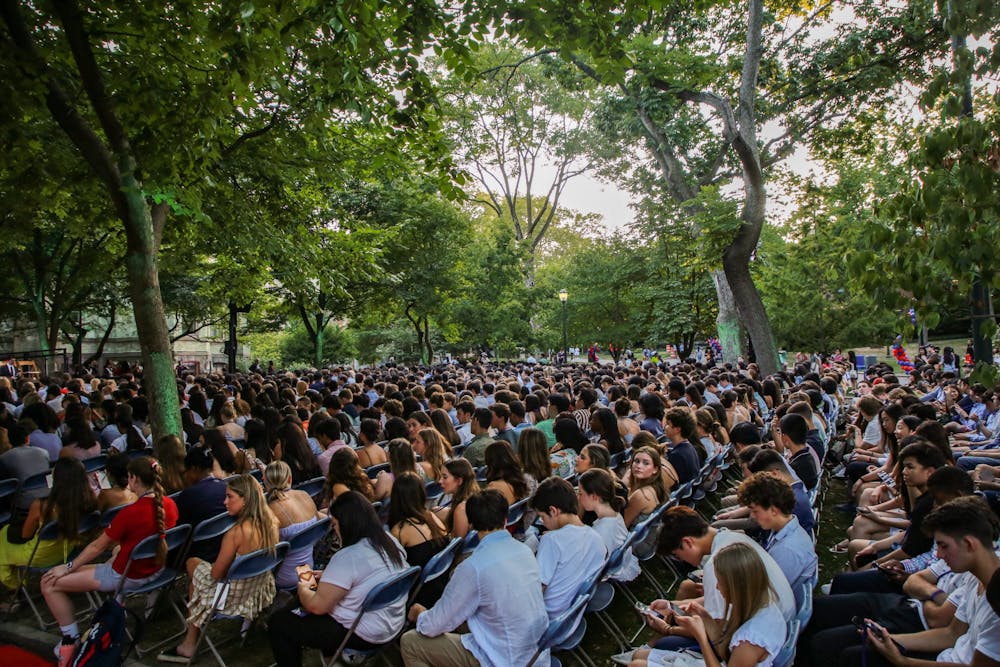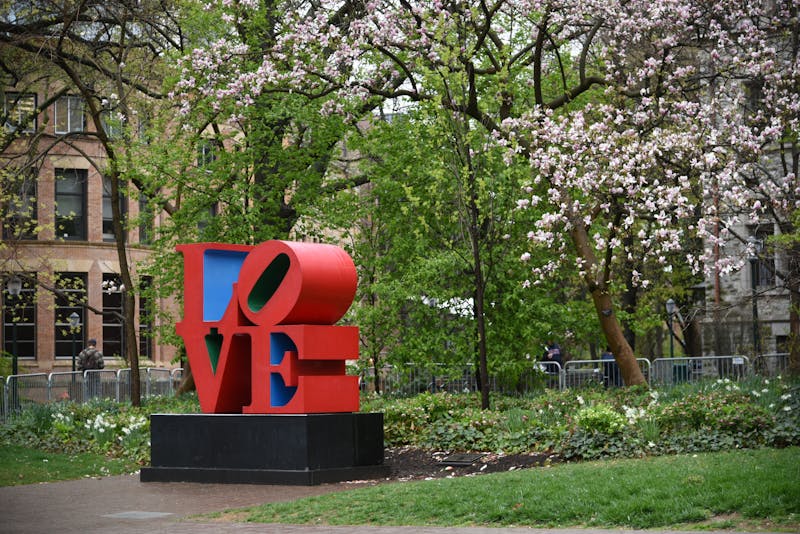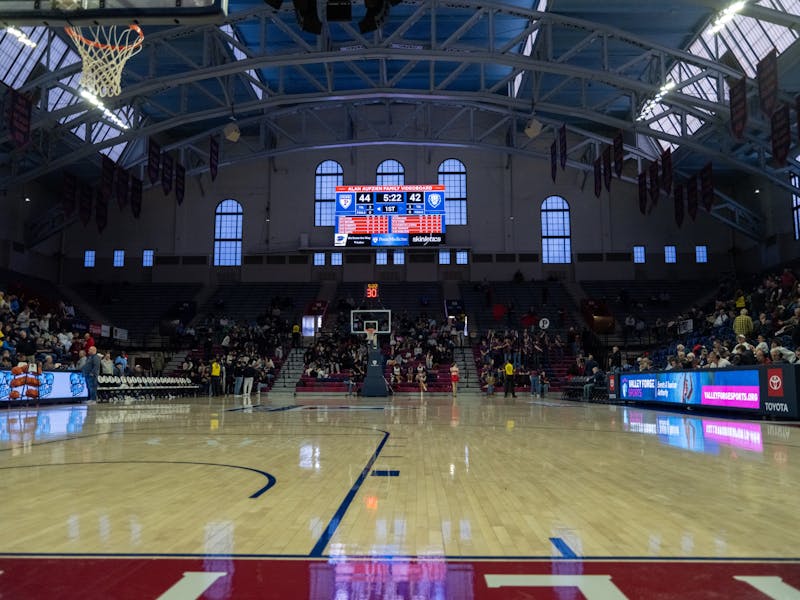
When I heard that Penn was toting this year's class as the “most diverse,” I wasn’t surprised. I am often skeptical when it comes to broad statements such as this one, especially regarding admissions rates at a highly selective school. This skepticism isn’t due to the actual diversity of races, economic statuses, or home countries of the incoming class — but because words such as “diverse” are being used increasingly in recent years as universities strive to portray themselves as more inclusive places.
As a Black woman who often infiltrates majority white spaces, I cannot escape hearing words adjacent to diverse or inclusive thrown around when even one member of a large group is a person of color. Although my specific experience cannot be generalized to fit every use of the word, I find myself cringing when I am the diversity that people are referencing.
For many people of color, I assume this feeling (akin to tokenism) is not new, and applying to university only accelerated the use of diversity as a buzzword. In reference to 2026 admissions, Penn made the bold move to not release an official acceptance rate in March, and while Dean of Admissions Whitney Soule stated that this decision was meant to “celebrate the students we have invited to the Penn community as individuals,” not disclosing this information initially made it hard to determine who had been admitted.
Striving for certain types of diversity in institutions of higher education is not entirely new, but since hearing that this year's admitted class is the “most diverse,” it's important to specify what that diversity really means. Our uniqueness is highlighted in our geography and extracurricular activities, but important characteristics like racial identity or heritage, ideological identity, and gender identity are missing.
As a student, I value diverse ideological beliefs in both faculty and classmates, as well as transparency surrounding processes in administration, such as releasing the acceptance rate! We all know that Penn is a selective school when it comes to academics and merit, but there is also selectivity based on the attributes the University wants to cherry-pick from its already handpicked basket.
What I find to be particularly interesting comes from the demographics section of the admissions report. Instead of reporting ethnicity-specific information, the category is instead named “races and ethnicities historically underrepresented in higher education.” Not only am I winded after reading a subcategory such as that — it’s the longest category title in the demographics section — I am also left confused. The University uses that term in line with the Integrated Postsecondary Education Data Systems (IPEDS) definition, which classifies Pacific Islander, Black, and Hispanic students as underrepresented.
The decision of the University to not report ethnicity-specific information on their website makes me wonder what the actual admission numbers of each “historically underrepresented” ethnicity are. Universities such as Harvard, Princeton, and Yale all report demographic-based information directly on their admissions websites. Penn's deviation from this transparency leads me to question whether within this 23% we have — like we do in the University in general — an inequitable rate of one race over another. My biggest takeaway from this section is that regardless of the individual numbers, less than one third of this year's incoming class identifies with an underrepresented identity.
In addition to this question of equity within university space, another claim used in boasting about this year's admitted students surrounds “the highest proportion of students from Philadelphia” granted admission this cycle. As seen on the website for admitted students this staggering number is a mere 6% of the incoming class. Keep in mind that within this statistic of students from Philadelphia, there is no mention of the percentages from represented or underrepresented identities. This, when coupled with the fact that 77% of this year's class are from historically represented identities paints a picture far less diverse than the one initially thought of when I think of a “diverse” paradise.
When making claims about diversity I’d love for the University to be honest about its faults and continued inequities, rather than throw around buzzwords in an effort to portray itself as something they have not yet achieved. As a first-year student, I remain optimistic for the future of Penn and recognize that true diversity of thought, background, and opinion is attainable down the line. Until then, I encourage the University to focus energy on fostering true diversity on campus rather than statistical representations.
MIA VESELY is a College first year studying philosophy, politics, and economics from Phoenix, A.Z. Her email is mvesely@upenn.sas.edu
The Daily Pennsylvanian is an independent, student-run newspaper. Please consider making a donation to support the coverage that shapes the University. Your generosity ensures a future of strong journalism at Penn.
Donate







